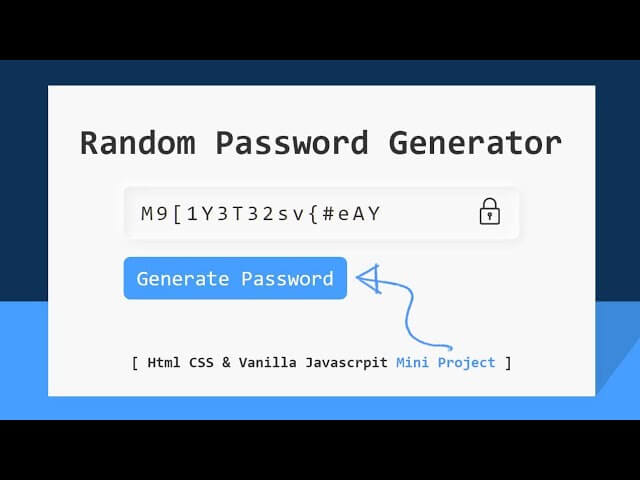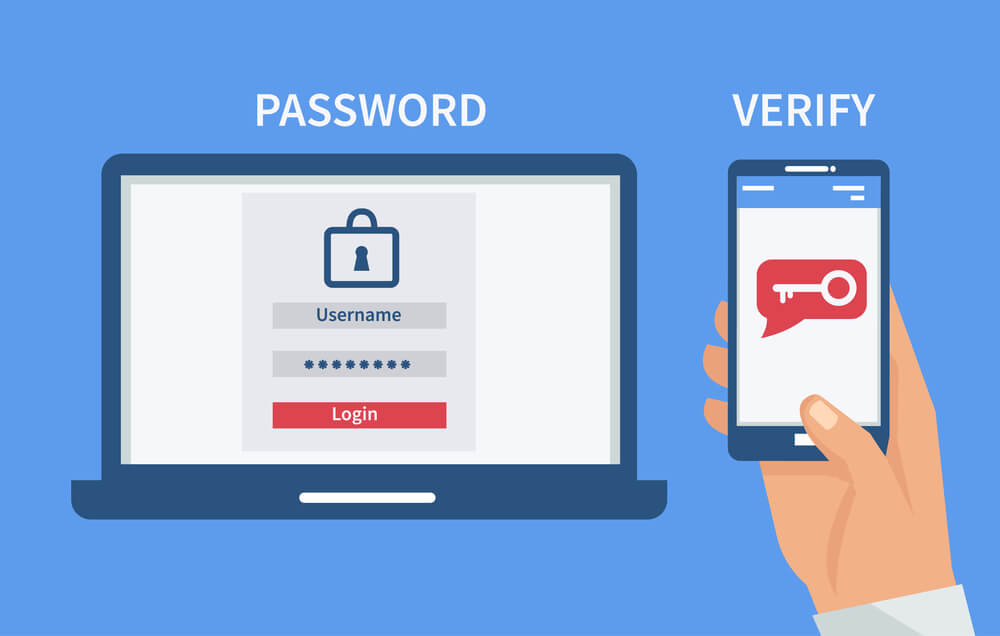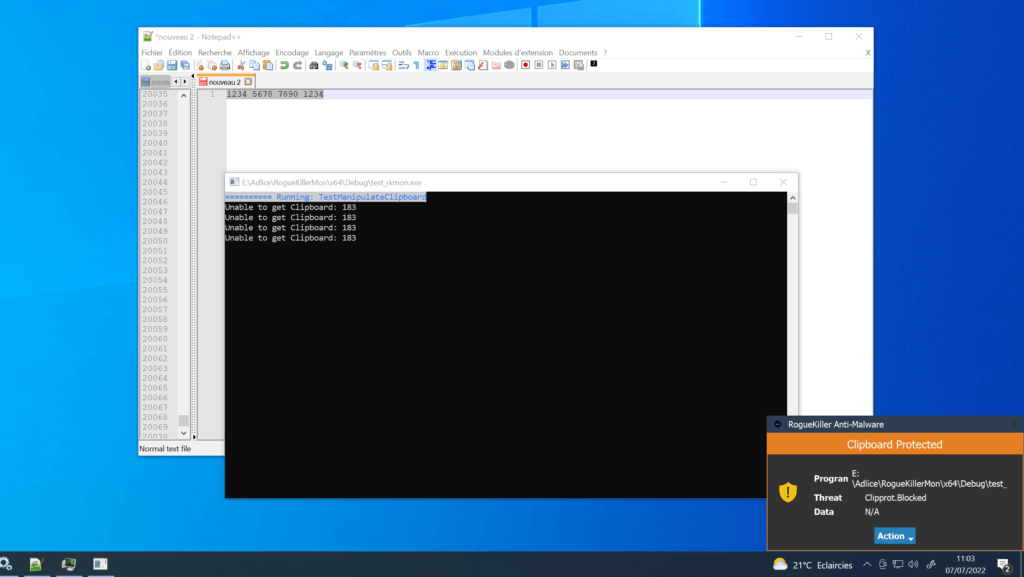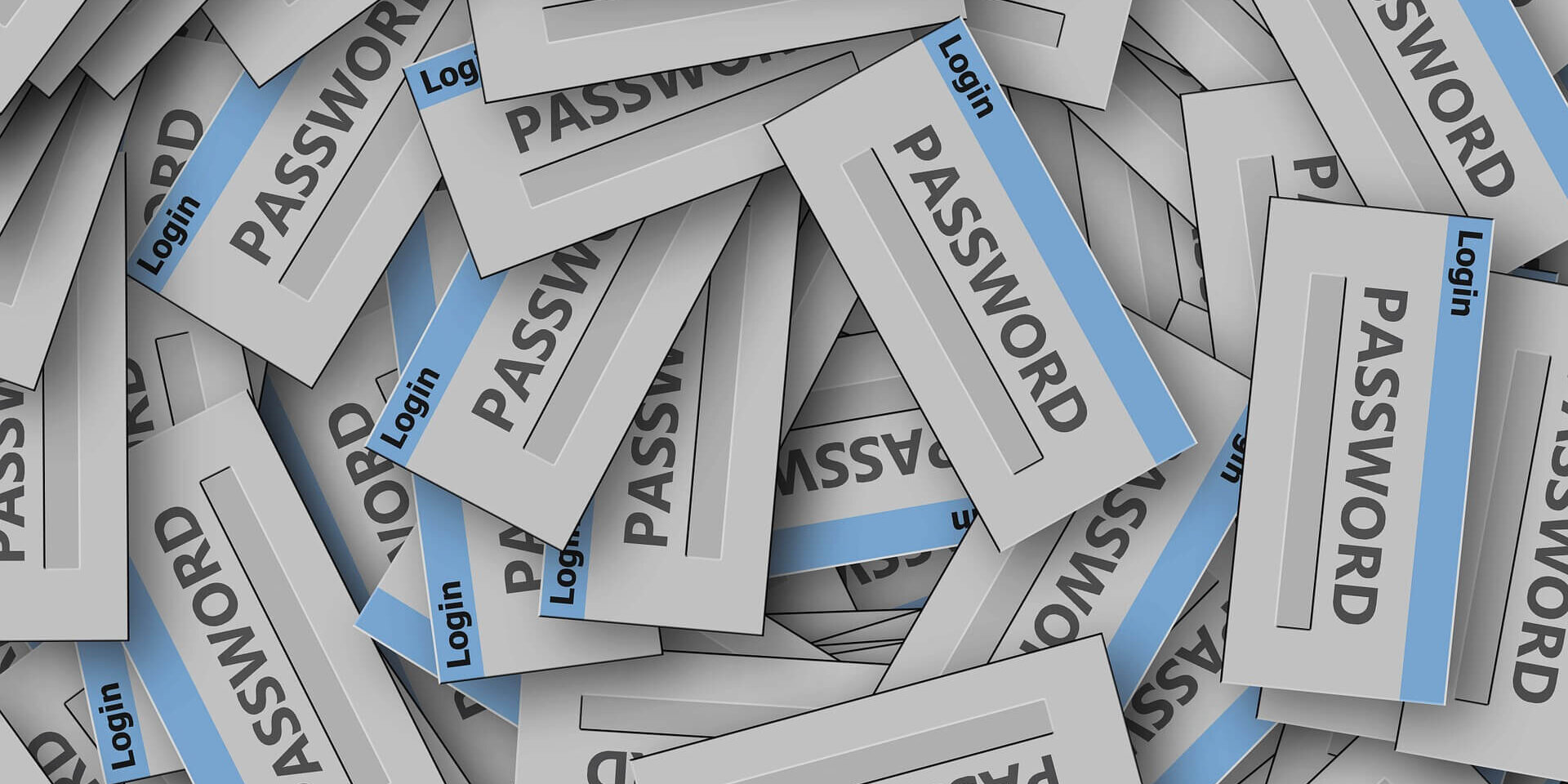Passwords security is an essential part of our digital lives, from logging into our email accounts to making online purchases. However, with so many online accounts, it can be challenging to create and remember unique passwords for each one.
This often leads to people using weak and easy-to-guess passwords or reusing the same password for multiple accounts, which can put their sensitive information at risk. In this article, we’ll cover some tips on how to keep your passwords safe.
Use a Password Manager
One of the best ways to keep your passwords safe is by using a password manager. A password manager is a software application that securely stores and manages all of your passwords in one place. It also generates strong passwords for you and automatically fills them in when you log into your accounts.
This way, you don’t have to remember each password, and you can ensure that each one is unique and secure. Here’s a list of some good examples:

Create Strong Passwords
When creating passwords, it’s essential to use a combination of upper and lower case letters, numbers, and symbols. Avoid using personal information such as your name, birthdate, or phone number.
Also, make sure that your password is at least eight characters long. Consider using a passphrase instead of a password, which is a longer sequence of words that is easy to remember but difficult for others to guess.

Don’t Reuse Passwords
Using the same password for multiple accounts can be dangerous for passwords security because if one account gets hacked, all of your accounts become vulnerable.
Therefore, it’s crucial to create a unique password for each account. If you find it hard to keep track of all your passwords, a password manager can be a great solution.
Change passwords regularly
It’s good practice to change your passwords regularly, at least once every three months. It’s much better for passwords security, as it helps to reduce the risk of someone guessing or cracking your password.
If you’re using a password manager, it can be easy to change your passwords regularly.
Enable two-factor authentication
Two-factor authentication adds an extra layer of security to your accounts by requiring an additional authentication factor beyond your password, such as a fingerprint scan or a one-time code sent to your phone.
This way, even if someone guesses or hacks your password, they won’t be able to access your account without the second factor of authentication. Here’s a list of good 2FA managers:

Be cautious of phishing scams
Phishing scams are fraudulent attempts to obtain sensitive information such as usernames, passwords, and credit card details by posing as a trustworthy entity. Be cautious of emails, texts, or phone calls that ask for your login credentials or other sensitive information.
Always verify the authenticity of the source before giving out any personal information.
Use an Anti-malware
Some Anti-malware like RogueKiller are able to protect your passwords with an anti clipboard theft protection. Once malware are installed, some will try to obtain sensitive data directly from the clipboard, by monitoring it.
That way, they can read and steal credit card numbers, cryptocurrencies seed keys or hijack wallet destination, and of course, steal your password.
Don’t go without a solid anti-malware protection !

In conclusion, passwords are an essential part of our digital lives, and it’s crucial to keep them safe. By following these tips, you can create and manage strong passwords and reduce the risk of your accounts being hacked or compromised. Remember, the more unique and complex your password is, the safer your accounts will be.






